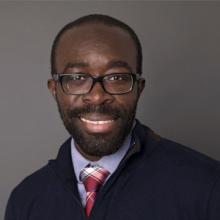This webinar has already taken place. Please check back within 24 hours to view the on demand recording.
About this video
Mr Seck explains the current efforts made by UN Women to close gaps in gender data and advance better statistical evidence for SDGs implementation in the future. COVID-19 has affected everyone and we know that in terms of health effects it affected men more than women but overall women’s lives have been punished more. Consequently, gender inequality will get worse for women because disasters do not happen in the vacuum. In the context of SDGs, we currently have only 30% of the gender statistics needed for the targets. The existing gaps in data must be closed, in gender and in gender and intersectionality. Cooperation is needed between national statistical efforts and the statistics collected through less-formal approaches.


